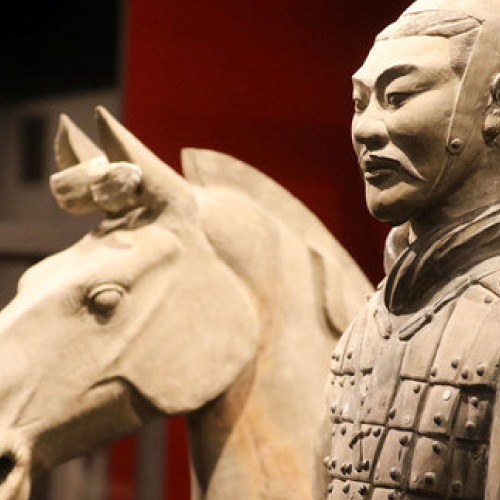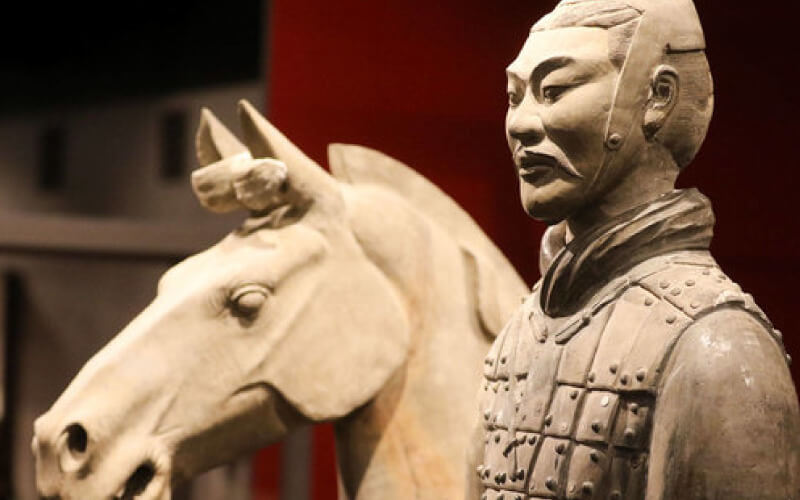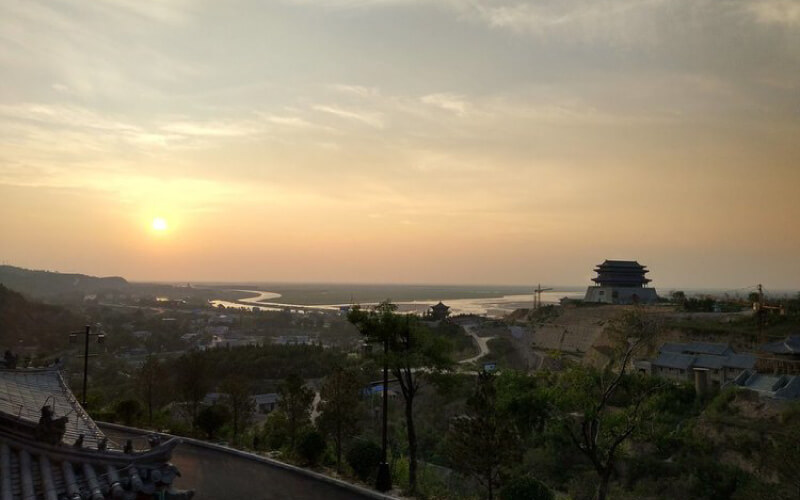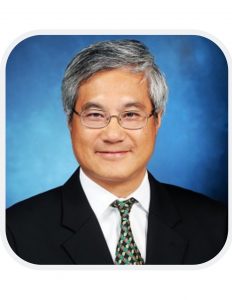China's rapid growth in the past three decades have mainly occurred along the coastal regions such as Shanghai, Beijing, Guangdong, and Shenzhen.
However, with the Belt and Road initiatives and China's "develop the west" strategy, China's hinterland is about to become much more important. Here are 10 things you didn't know about the capital of the western province of Shaanxi. Read on to learn why business leaders must know more about China and its lesser known western regions.
- Xuanzang (602-664), the Buddhist monk who travelled to India from China on a pilgrimage that inspired the story in Journey to the West, set off on his journey in Chang’an (Xi’an). He returned with 657 Sanskrit scriptures from India and translated some that became important Chinese records of Mahayana scriptures.
- The city planning of Heian-kyo (now Kyoto) in Japan was heavily borrowed from Chang’an (now Xi’an). Architecture from the Nara and Heian periods in Japan resembles those from the Tang Dynasty in China. In fact, much of Korea and Japan's Buddhist traditions can be traced back to Chang'an.
- The tomb of the only female emperor in Chinese history, Wu Zetian (624-705), can be found in Xianyang. She was known as one of the most ruthless but efficient monarchs in China. The former concubine deposed her sons from the throne to become Empress and sought to rename the state from Tang to Zhou. But it was her policies of removing bureaucracy to listen to the people, improvements in education and taxation, and successes in military campaigns and in the reopening of the Silk Road that afforded her popularity among the people.
- At the eastern end of the Silk Road, Xi’an was one of the earliest cities in China to have Muslim residents. The Muslim Quarter in Xi'an is now home to about 60,000 Hui Muslims and the Great Mosque of Xi’an is an interesting example of Chinese architecture interfused with Islamic symbolism. Try the Yangrou-Paomo, a lamb stew served with flatbread that is popular in the area.
- Moving to present day, ever wondered where the gateway to the belt in One Belt One Road is in China? The Silk Road Economic Belt connects Europe and China passing through Kazakhstan, Uzbekistan, Turkey and Russia. Xi’an at the eastern node becomes the ‘buckle’ that ties this belt together, and will become a major logistics hub for trade with these regions, thanks to its extensive rail network.
- Xi’an was the first city in China to have its entire subway system accept cashless QR code tickets linked with Alipay mobile payments – passengers can pass through subway gates simply by scanning a QR code. In fact, Xi’an will be home to Alibaba’s ‘Silk Road Headquarters’ in a few years’ time. It already has plans to open three Hema supermarkets by the end of this year. Residents within a 3km radius to the store can order their groceries online and get them delivered within 30 minutes. Alibaba's ET Agricultural Brain technology that is being used to monitor produce growth, is also being experimented in Xianyang.
- Xi’an, in a bid to attract talent, has lowered the threshold for hukou (residence) registration, allowing those with a Bachelor’s degree or secondary diploma from a vocational institution, or those who buy property in the city, to obtain one. This has resulted in a spike of 600,000 new residents in a year, and a surge in home prices.
- With much of the city’s heating in the winter relying on coal, Xi’an’s pollution is one of the worst in China. To combat this, the city has built a 60m tall, experimental air purifying tower that relies on solar updraft and filters to clean the air, among other blue-skies initiatives.
- Shaanxi’s Qinling Mountains to the south of Xi'an is home to the rare Qinling panda, a smaller brown subspecies of the giant panda. Nobody knows why it is brown, but some attribute it to a recessive gene that has developed due to inbreeding and its isolated environment.
- Xianyang is the largest apple producing area in China. It produces 1/9 of all apples in China, and supplies 1/6 of all apple juice concentrate in the world. China's Malanhong apples comes from Xianyang.
The upcoming GLP cohort - our 60th overall since 2006 - will learn a lot about Xianyang apples. But what they take away from the programme goes far beyond apples.
Those who run global businesses, now and into the future, cannot afford to ignore China and its growing economic and political influence.
But how to really understand China?
Today, English media on China is dominated by growing trade tensions with the US, its world beating high-tech sector, the ambitious Belt and Road initiative and its outsized influence in the global economy. It often misses the bigger picture and ignores context and nuance.
Top ranked business schools like IESE, Harvard, Wharton and Oxford offer executive programmes in China, catering to an insatiable demand both Chinese and foreign, for Western business education. Buzzwords abound: innovation, disruption, big data, strategy, etc.
Most students stay in first-tier cities and five-star hotels, shuttling between banquets, cocktails, expert speeches and photo sessions. And the case method is undoubtedly filled with contemporary success stories like Alibaba, Tencent or Huawei.
Yet sitting in classrooms in Beijing and Shanghai is not the way to understand China.
Real learning requires empathy
Those who are committed to learning about China must go out and see, and seek to feel the motivations and aspirations of the people who make up in the next wave of China's development. They are in the hinterland and caught in the complex evolving relationship between the city and the countryside.
Our approach, independent and from an Asian worldview, actively engages participants in problem-solving under constraints, in environments more similar to where most of the world lives, and on field projects that blend commercial and social value creation. A central part of their challenge on the programme is to determine a reasonable and attractive balance between the financial and the social benefits of the business.




























